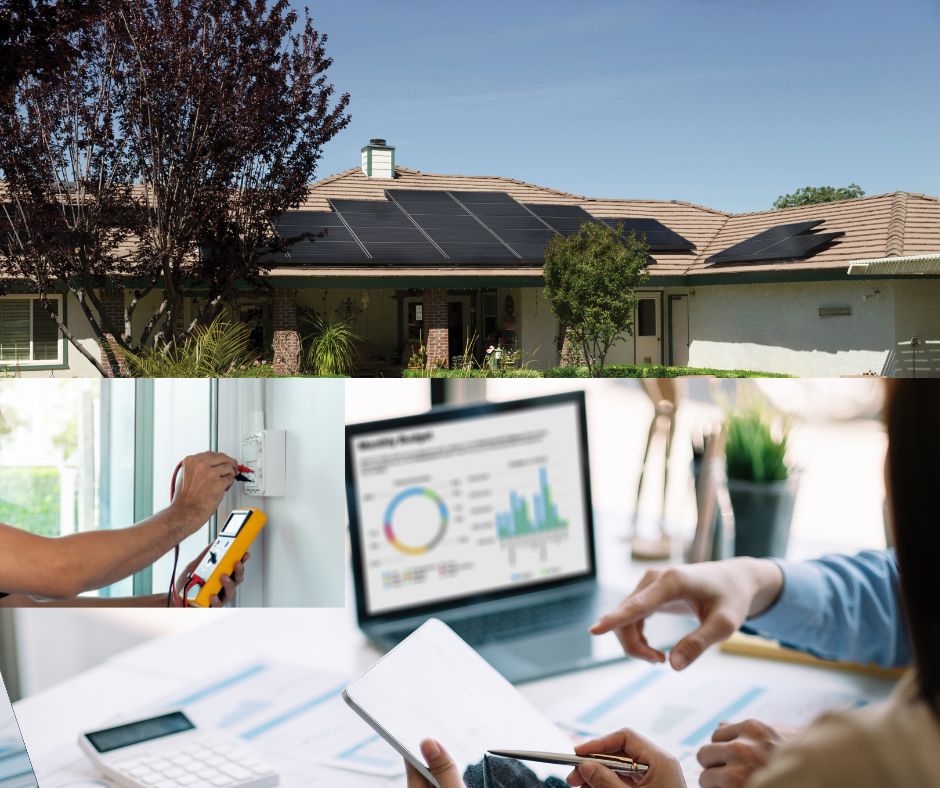
Choosing an energy monitoring system can be overwhelming, but making the right choice can lead to significant savings, increased efficiency, and a reduced environmental footprint. This guide breaks down the essential steps for picking a solution that works, whether you’re managing a home, a business, or a multi-site operation.
What Are Energy Monitoring Solutions?
Types of Energy Monitoring Technologies
- Basic meters: Installed at your main electrical panel, provide raw usage data.
- Smart meters: Enable real-time monitoring via mobile or desktop apps.
- Energy Management Systems (EMS): Combine sensors, analytics software, and dashboards for full visibility.
Some tools offer real-time alerts, while others focus on historic trends or even predictive insights based on usage habits.
Why Energy Monitoring Matters
- Save money: Identify and cut down energy waste.
- Improve efficiency: Especially for businesses with large operations.
- Sustainability: Track and reduce carbon emissions.
- Compliance: Meet energy and environmental standards more easily.
How to Assess Your Needs
Residential vs. Commercial Needs
| Use Case | Home | Business |
|---|---|---|
| Focus | Lower bills, track appliances | Monitor multiple circuits or locations |
| Tools | Smart plugs, app-based meters | Cloud dashboards, advanced sensors |
| Benefits | Control lighting, water heating | Optimize HVAC, lighting, and machinery |
Define Your Goals First
Before buying anything, ask yourself:
- Are you trying to reduce utility bills?
- Do you want to improve sustainability?
- Is energy efficiency part of your company’s ESG plan?
- Do you need real-time alerts for peak usage?
Review Your Infrastructure
Before choosing a system, consider:
- Electrical setup (single-phase vs. three-phase)
- Smart home/office integrations
- Internet stability (for cloud-connected tools)
- Existing systems like solar or backup generators
Key Features to Look For
1. Accuracy and Granularity
More detailed data means better decision-making. Look for real-time systems with metrics like:
- Power factor
- Voltage and current per phase
- Time-of-use tracking
2. Easy-to-Use Interface
Choose a dashboard or app that makes interpreting data simple—even if you’re not an energy expert.
3. Integration
Ensure compatibility with:
- Solar inverters
- Smart thermostats
- IoT home devices
- APIs (for advanced customization)
3. Scalability
Pick systems that can grow with your needs—especially important for expanding businesses or future solar/battery integrations.
4. Data Security
Make sure the system uses secure protocols (like data encryption) and adheres to privacy laws (e.g., GDPR, local regulations).
Tip: Always check online reviews and expert comparisons to assess reliability and customer service.
What About the Cost?
While some systems may seem expensive upfront, they often pay for themselves through:
- Monthly utility savings
- Avoided peak demand charges
- Early detection of faulty equipment
ROI can be boosted further if your system helps you qualify for rebates or meets ESG goals.
How to Make the Final Choice
- Define your goals and budget
- Shortlist systems that fit
- Check compatibility with your setup
- Request a demo or sample report
- Install, monitor, and improve
Need Help?
Contact us today at info@eenovators.com or call: +254 791 838 959/+254 105 521 859 to get started with your energy monitoring journey!
Choosing and installing the right system can be tricky. If you’re not sure what will work for your space, Eenovators limited offers expert consultations, installation services, and post-setup support.
Final Thoughts
Energy monitoring isn’t just a trend, it’s a smart investment. Whether you’re managing a home, an office, or an entire facility, the right system empowers you to:
- Cut costs
- Boost performance
- Build a greener, more sustainable future
Start small. Track your impact. Scale up. The energy-smart future is within your reach.

